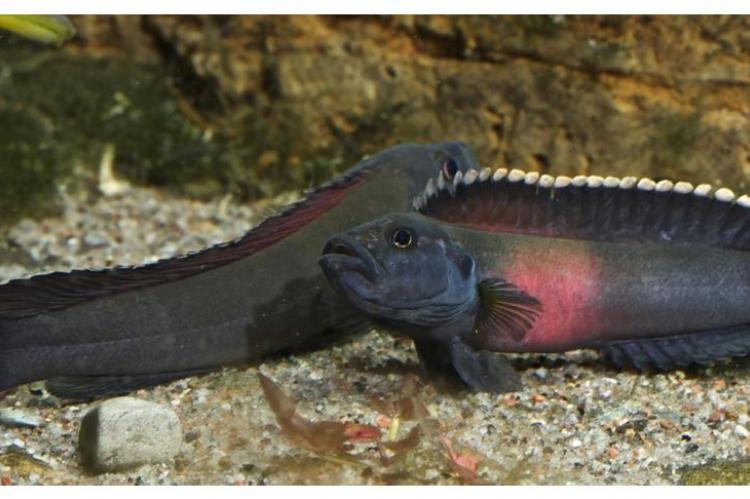Scientists discover reason for high diversity of fishes in lower Congo
The lower Congo River is a 200-mile stretch of freshwater river in Africa that empties into the Atlantic Ocean. Amidst its extreme rapids, more than 300 species of fishes have been identified there. This vast diversity has long puzzled scientists, as the lower Congo does not have physical barriers that can isolate fish populations to enable such a high level of diversification.
A new DNA-based study, led by scientists at the American Museum of Natural History, the City University of New York, and Fordham University, has managed to shed some light on the subject.
“In this very short section of the Congo, we find a tremendous diversity of fishes," said Melanie Stiassny, Axelrod Research Curator in the Museum's Department of Ichthyology and an author on the study. "We also know that this part of the river is relatively young, originating only about three to five million years ago. So what is it about this system that makes it such a pump for species?"
The study focusses on freshwater, rock-dwelling cichlid fishes of the genus Teleogramma, and suggests that the dynamic forces and turbulent flow of the river act like barriers, isolating certain fishes from others in specific “neighbourhoods” for so long that their populations travel down different evolutionary paths.
"The genetic separation between these fishes show that the rapids are working as strong barriers, keeping them apart," said lead author Elizabeth Alter, from The City University of New York's Graduate Center and York College. "What's particularly unique about the lower Congo is that this diversification is happening over extremely small spatial scales, over distances as small as 1.5 kilometres. There is no other river like it."
The genomes of more than 50 individual fishes representing each of the different Teleogramma populations found in the lower Congo were analysed. The scientists found that their species ranges correspond to geographic regions broadly separated by major hydrological and topographic barriers, indicating that these features are likely to be important drivers of diversification.
Unfortunately, the area is currently being proposed as a site for major dam development. "Activity like that would majorly interrupt the evolutionary potential of this system," said Jason Munshi-South from Fordham University, another author of the paper.


